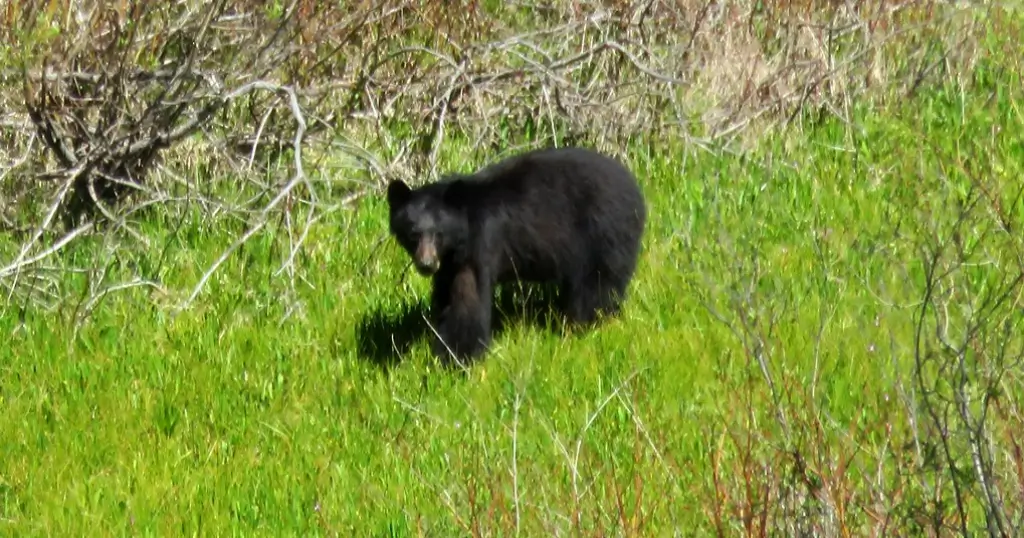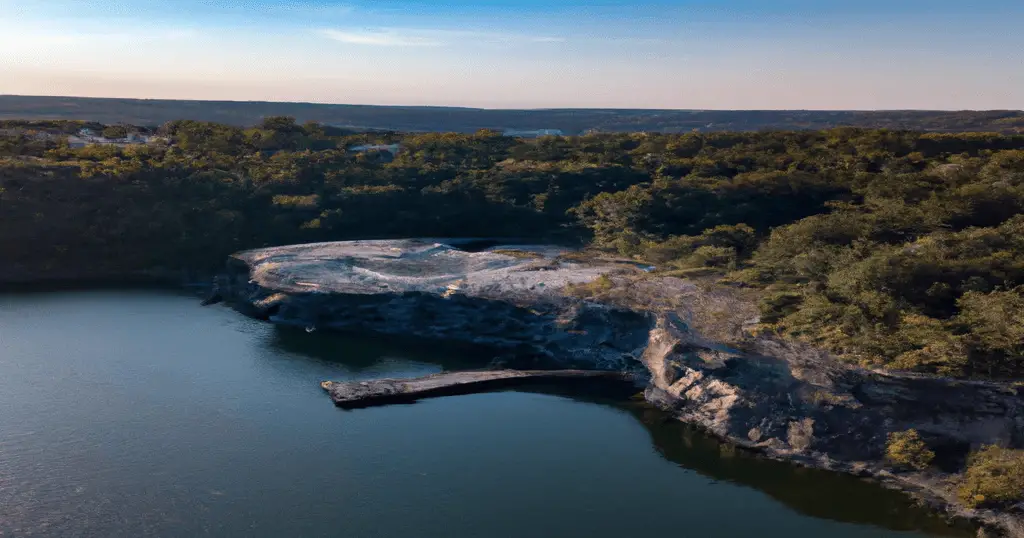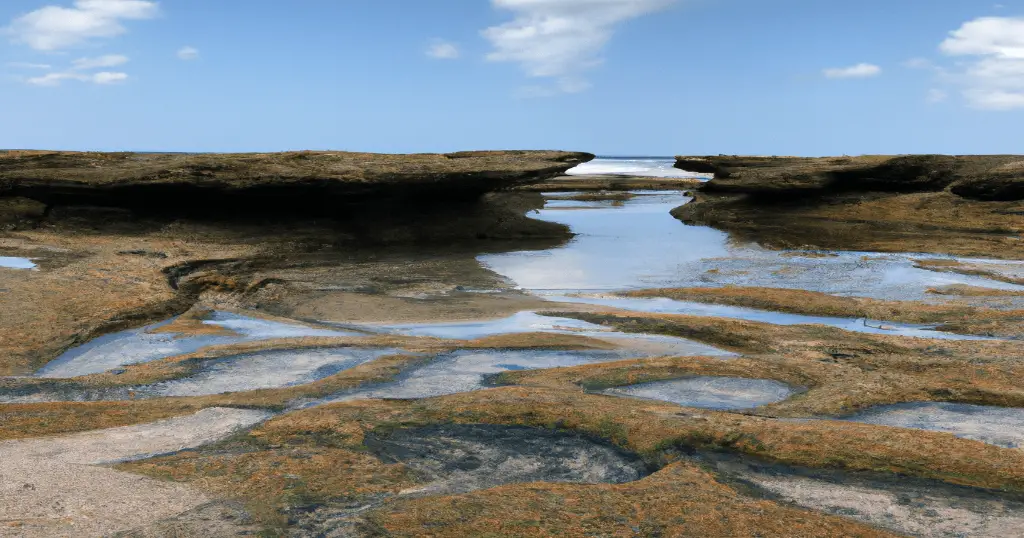Many people wish to see a bear during their camping trip to Yosemite National Park. After all, movies have many believe that a bear encounter is a crucial component of any camping adventure. But in reality, bear encounters are a lot less idyllic and a lot rarer. The following guide is not just for visitors who want to see bears in Yosemite, but can also be helpful for people who want to avoid seeing bears. We won’t encourage you to actively search for bears, but simply be alert in areas of the park with increased bear activity.
Timing is essential.
You don’t just need to be at the right spot, but also be there at the right time to see a bear in Yosemite. Let’s take a look at where bears tend to move in different seasons.
They are most visible during spring.
Your best chance of spotting a bear in Yosemite is in spring. During spring, they wake up from hibernating during a long winter. Thus, they are incredibly hungry and smell out all potential food sources. They frequently cross roads to follow a certain scent and, in general, are less evasive during spring.
They climb to higher altitudes in summer.
During the hot Californian summers, the bears tend to avoid sunlight. This is the time when they come out at night to scare campers all across the park. As the snow at higher elevations melts in summer, the bear has more food sources available at these altitudes. Therefore, you can spot them scouring for food in cooler, elevated regions of the park, such as Washburn Point, Roosevelt Point, or even Glacier Point.
Check the oak forests in fall.
Fall is the time to pack on some serious fat. Therefore, the bear will do anything to score a calorie-dense meal. Most of their calories during fall will be derived from acorns that fall off Yosemite’s many oak trees. So if you’re driving the Yosemite Valley Loop during fall, consider stopping by the oak trees and waiting in your car for a while.
Bears can even be seen in winter.
Contrary to popular belief, hibernation is not a must for every bear. Many visitors have spotted bears in the middle of winter before. Yosemite is much less crowded during winter, so the bears that aren’t hibernating yet will frequent more popular areas, such as Vernal Falls or the Tenaya Canyon.
Spots in Yosemite with frequent bear sightings
There isn’t a single reliable place to spot bears in Yosemite, and most visitors will not spot a bear during their multiple-day visit to the park. As mentioned above, the bears move around a lot during different seasons, so you may want to ask the park ranger after arriving in Yosemite. Nevertheless, we’ve compiled a list of locations where bears are spotted more frequently, but don’t plan your itinerary around these spots.
- The area around Curry Village
- The Upper and Lower Pines Campgrounds
- Lodge parking lot
- Trash can areas
- The area around Lower Yosemite Falls
- The apple orchard at the base of the falls
- Area around El Capitan
- Meadows around Happy Isles
- Crane Flat Campground
- On the side of the Tioga Road
- Along the road in Tuolumne Meadows
- On the trail to the Hetch Hetchy Reservoir
- On the June Lane Loop near Carson Peak Inn
- Washburn Point, Roosevelt Point or Glacier Point (during summer)
- Venal Falls and Tenaya Canyon (during winter)
- Trash bin area next to Half Dome
- Lakes in Eastern Sierras
- Near El Portal
Also check out these insightful statistics about recent bear sightings in Yosemite.
Tracking Yosemite’s bears online
The Bear Tracker on this page shows an updated map that includes the movement of Bears tracked through GPS collars, bears hit by vehicles, and other types of bear encounters. It is incredibly insightful and entertaining. Regarding seeing a bear, this map is of limited use: the initiative only shows delayed data to protect the bears’ location.
How many bears are there in Yosemite?
There are only around 300-500 bears in Yosemite, and the National Park is massive, so your chance of spotting one is slim. Some locals have frequented the park every day for 20 years and have yet to see a bear.
Unfortunately, 10 of these bears get hit by cars every ear. So if you drive along Yosemite and you see signs that read “Speeding Kills Bears”, please get your foot off the gas and abide by the speed limit. Hitting a bear can also be fatal for the driver and passengers.
All the bears in Yosemite are black bears. There used to be grizzlies, but many of them were shot during the beginning of the 20th century. The last grizzly in Yosemite was allegedly shot in the 1920s. So even though the California state flag pictures a grizzly bear, the species is extinct in the state.
What to do if you see a bear?
Luckily, in Yosemite, you will not encounter any grizzlies or brown bears, only black bears. Black bears are known to be a lot less aggressive and tend to tolerate human presence much better than other bear species. No one has ever been critically injured or killed by a black bear in Yosemite National Park.
If you encounter a bear, you ideally want to be in a secure enclosure like a cottage or a car. In any case, you should stay at least 50 yards away from it. For further information on how to behave during a bear encounter, please see this official guide from the National Park Service



